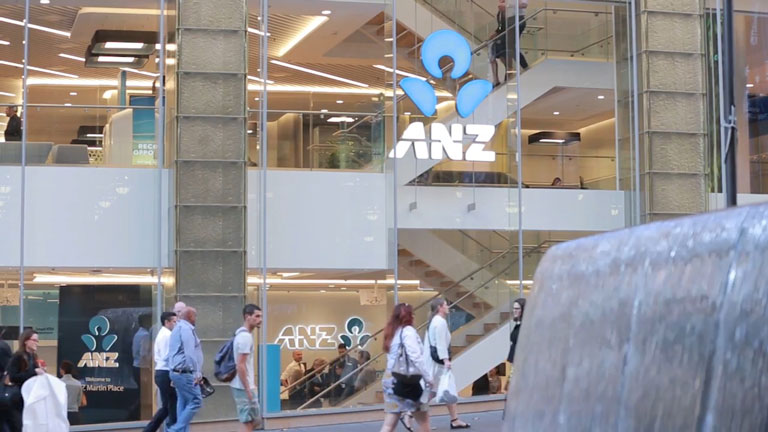ANZ saw its cash profit fall by 5 per cent over in FY18 to $6.5 billion. The bank’s ROI fell 67 basis points to 11 per cent over the year, via InvestorDaily.
Under the leadership of CEO Shayne Elliott, ANZ is focused on become a simpler bank. Part of this strategy has involved selling off non-core assets in Asian markets and the announced sale of its wealth business to IOOF.
Collectively, the announced asset sales are expected to release $7.2 billion of CET1 capital. Meanwhile, “institutional reshaping” is poised to free up $4.5 billion, according to the group’s full-year result presentation.
One significant outcome of ANZ’s strategy will be the reshaping of its workforce, or full-time equivalent staff (FTE). Staff numbers have already fallen dramatically from just over 50,000 in 2015 to under 38,000 today.
ANZ has reduced its FTE numbers by 5151 over the last 12 months, from 43,011 in September 2017 to 37,860 today.
Chief executive Shayne Elliott said that while the bank does not have a target to reduce its FTE numbers, staff cuts will be a natural result of simplifying the bank.
“The outcome of our strategy of doing less things means less branches, fewer products to service and less need for contact centre and operational staff,” he said.
“It is an outcome rather than a target.
“There will be more. We have been really transparent with our staff about why we are changing and the need to change. While it is early days, we do keep in touch with former staff and most of them haven’t struggled to find alternative employment,” he said.
When he appeared before the House of Representatives inquiry in Canberra on 12 October, Mr Elliott said more than 200 staff from across the group had been dismissed over misconduct over the last year.
ANZ this week revealed that it has reduced variable remuneration paid to staff across the company by $124 million.
Royal commission costs
The major bank paid $55 million in legal costs for the royal commission in FY18, one of a number of expenses that the Hayne inquiry has generated.
Earlier last month, ANZ announced a $374 million hit to profits as part of its refunds to customers and related remediation costs.
“Clearly there will be a short-term impact on financials. You are seeing that now,” Mr Elliot said.
“It may continue a little bit more. We are hiring people in compliance and investing in systems to make sure we are compliant. But in the long-run I don’t believe it will lead to an increase in costs, I actually believe the opposite.
“I believe that the way to meet our obligations regarding the law or community expectations is by being simpler. So by doing less things and doing them well, taking out all the complexity, that will be lower cost, better for compliance and better for customers.”
However, RBA assistant governor Michelle Bullock believes the royal commission will have longer term impacts on costs for the big banks.
Ms Bullock observed that while the royal commission has brought to light some poor behaviour by the Australian banks, the direct financial impact on them has been relatively modest so far.
“The fines to date are relatively small compared with the major banks’ combined profits of around $30 billion per annum. But there are also costs from remediation of past behaviour, which have been reflected in banks’ profit announcements in recent times, and there is also the possibility of class actions,” she said.
“And there are also likely to be increased costs of compliance, which will be ongoing. More broadly, there has been very little share price growth over recent years, which has had an impact on shareholder returns. And changes to business models to address the risk of future misconduct could more permanently impact banks’ financial performance. These changes, however, are likely to increase the resilience of the financial sector in the medium term, even if at the expense of lower returns.”

